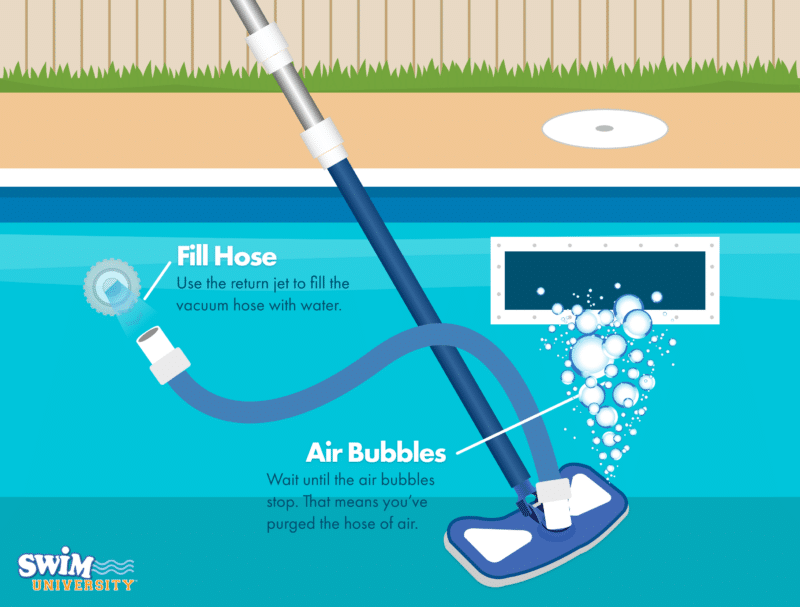Welcome to our comprehensive guide on using a pool vacuum. A clean and well-maintained pool is a thing of beauty, and a pool vacuum is an essential tool for ensuring that your pool remains crystal clear and inviting. In this article, we will walk you through the step-by-step process of using a pool vacuum effectively to keep your pool in top condition, so you can relax and enjoy a refreshing swim whenever you please.
Check This Automatic Pool Vacuum With A Transparent Design, Say Goodbye To Pool Mess!!
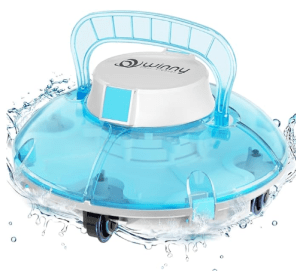
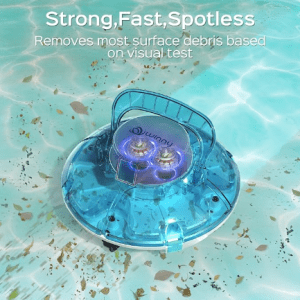
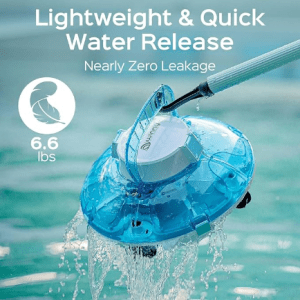

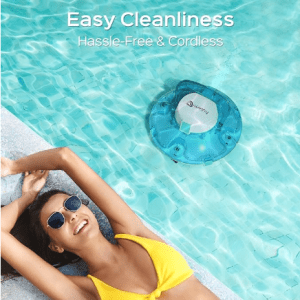
Step 1: Gather Your Equipment
Before you begin, make sure you have all the necessary equipment on hand. Here’s a list of items you will need:
| Equipment | Description |
|---|---|
| Pool vacuum head and hose | Used to suck up debris and dirt from the pool floor |
| Telescopic pole | Attaches to the vacuum head for maneuvering and control |
| Vacuum plate or skimmer plate | Connects the hose to the suction line |
| Pool skimmer or pump basket | Removes large debris from the water |
| Brush or scrubbing tool | For loosening stubborn dirt and algae |
Step 2: Prepare the Pool Vacuum
Now that you have all your equipment ready, it’s time to prepare the pool vacuum. Follow these steps:
- Attach the telescopic pole to the vacuum head.
- Connect one end of the vacuum hose to the vacuum head.
- Connect the vacuum plate or skimmer plate to the other end of the hose.
- Place the vacuum head and hose in the pool, ensuring that all air is bled from the hose.
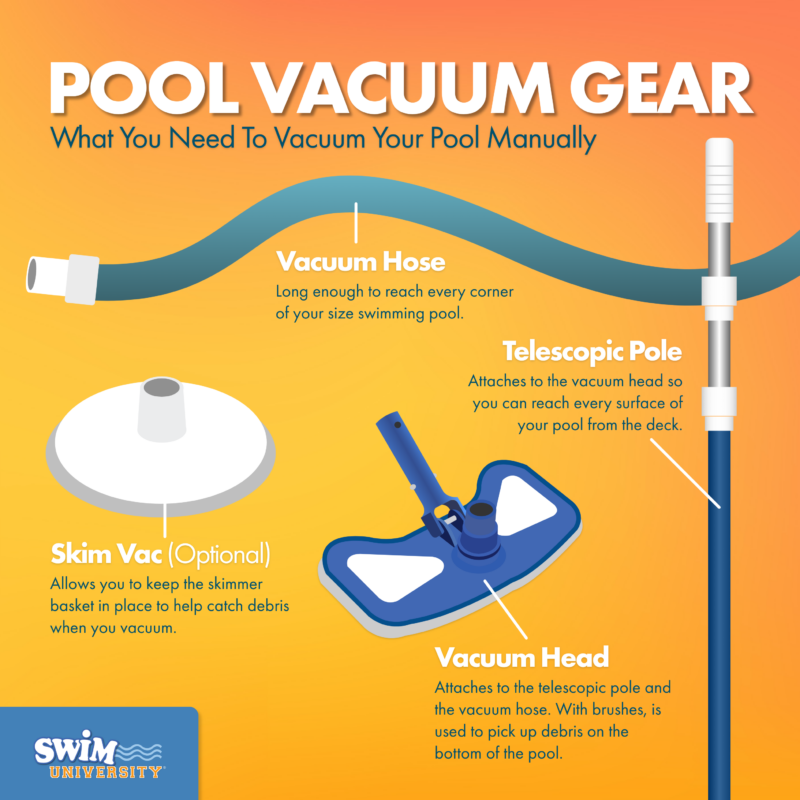
Credit: www.swimuniversity.com
Step 3: Start the Vacuum
With the pool vacuum prepared and in the water, it’s time to start the vacuuming process:
- If you have a skimmer plate, attach it to the suction line in the skimmer.
- If you have a vacuum plate, place it over the skimmer basket and connect the hose to the suction line.
- Turn on the pool pump to start the suction process. The vacuum will now begin to remove dirt and debris from the pool.
Step 4: Vacuum the Pool
Once the vacuum is running, it’s time to start cleaning the cloudy pool:
- Move the vacuum head slowly across the pool floor, overlapping each pass to ensure thorough cleaning.
- Use the telescopic pole to maneuver the vacuum head and reach all areas of the pool.
- If you encounter stubborn dirt or algae, use a brush or scrubbing tool to loosen it before vacuuming it up.
Step 5: Empty the Skimmer Basket
As you vacuum, you may need to periodically empty the skimmer basket to ensure continuous suction:
- Turn off the pool pump before removing the skimmer basket.
- Empty the contents of the basket into a trash bag or compost bin.
- Replace the skimmer basket and secure it in place.
Step 6: Check and Maintain
After you have vacuumed the pool, it’s important to check and maintain your equipment to ensure its longevity and performance:
- Inspect the vacuum head and hose for any signs of damage or wear and tear.
- Clean the vacuum head and hose thoroughly to remove any accumulated debris.
- Store your pool vacuum equipment in a dry, safe place to prevent damage and deterioration.
Frequently Asked Questions
Q: What types of pool vacuums are available?
A: There are three main types of pool vacuums: manual vacuums, automatic vacuums (suction-side and pressure-side), and robotic vacuums. Each type has its own advantages and is suitable for different pool maintenance needs.
Q: How do I connect a manual pool vacuum?
A: To connect a manual pool vacuum, attach the vacuum head to a telescoping pole, connect one end of the hose to the vacuum head, and the other end to the skimmer or a dedicated vacuum line. Ensure the hose is filled with water before connecting to avoid air pockets.
Q: How often should I vacuum my pool?
A: It’s recommended to vacuum your pool at least once a week. However, the frequency may increase if your pool is surrounded by trees, if there is a lot of debris, or if it is used frequently.
Q: How do I remove air from the vacuum hose?
A: To remove air from the vacuum hose, submerge the hose completely in the pool until all air bubbles are gone. You can also hold the hose against the return jet to force water through and expel the air.
Q: What should I do if my pool vacuum loses suction?
A: Check for blockages in the hose, skimmer, or filter. Ensure the hose connections are secure and the water level in the pool is adequate. Clean or backwash the filter if necessary.
Q: Can I use a pool vacuum on an above-ground pool?
A: Yes, many pool vacuums are designed for both in-ground and above-ground pools. Ensure you select a vacuum that is compatible with your specific pool type.
Q: How do I vacuum a pool with a lot of debris?
A: For a pool with significant debris, consider using a leaf canister attachment to catch larger debris before it reaches the filter. Vacuum slowly and in sections to avoid stirring up debris.
Q: Do I need to brush my pool before vacuuming?
A: Brushing the pool walls and floor before vacuuming helps loosen algae, dirt, and debris, making the vacuuming process more effective.
Q: How do I maintain my pool vacuum?
A: Regularly check and clean the vacuum head, hose, and attachments. Replace worn or damaged parts as needed. Store the vacuum properly to avoid damage.
Q: Can I use a robotic vacuum for my pool?
A: Yes, robotic vacuums are highly effective and convenient. They operate independently of the pool’s filtration system and can be programmed to clean at specific times.
Q: How do I use an automatic pool vacuum?
A: For suction-side vacuums, connect the vacuum to the skimmer or a dedicated suction line. For pressure-side vacuums, connect to a return jet. Follow the manufacturer’s instructions for setup and operation.
Q: What are the benefits of using a pool vacuum?
A: Regular use of a pool vacuum helps maintain water clarity, reduces the load on the pool filter, prevents algae growth, and ensures a clean and safe swimming environment.
Final Words
Congratulations! You have now successfully learned how to use a pool vacuum to maintain a sparkling clean pool. With regular vacuuming and maintenance, you can enjoy a pristine pool environment all year round, providing a refreshing and inviting space for relaxation and enjoyment. By following the steps outlined in this guide, you can ensure that your pool remains a beautiful oasis for you, your family, and your friends.


